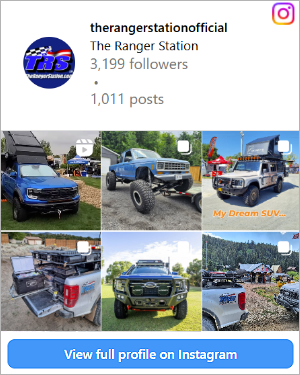- Joined
- Jan 13, 2019
- Messages
- 1,378
- Points
- 601
- City
- Pennsylvania
- Vehicle Year
- 2004
- Engine
- 3.0 V6
- Transmission
- Automatic
- My credo
- My world is filled with stuff that needs to be fixed
A typical house these days has plastic plumbing with 50-60psi, it's trivial. Not sure what problem they were trying to solve by going to 20psi, or what defect causes the plastic housing to crack, but it's not inherent.












